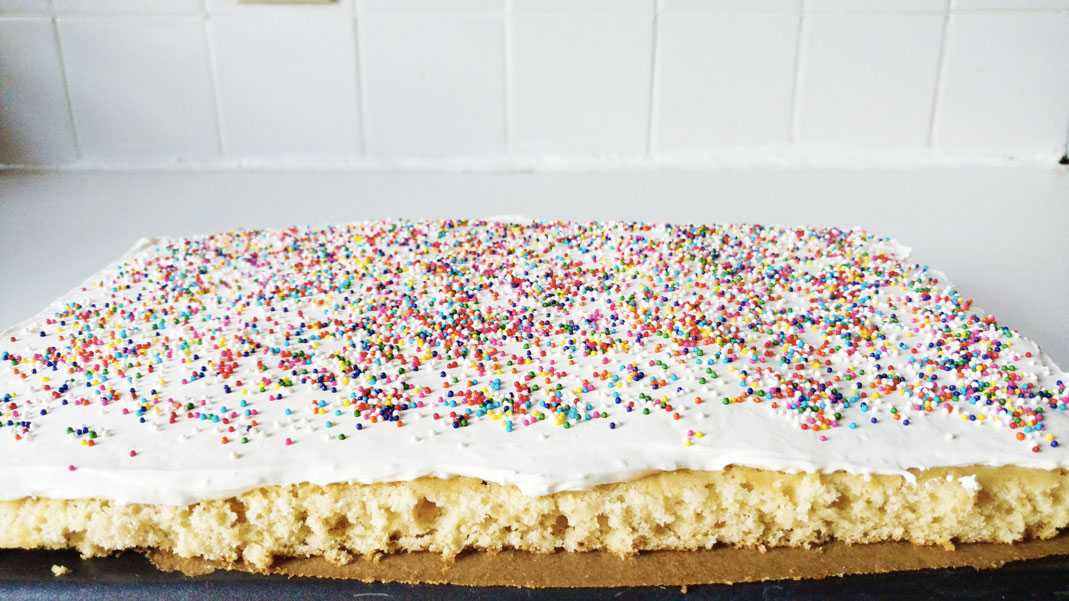What is Aquafaba?
If you pay attention to food news, aquafaba (or “bean water”) has sort become the game changer for vegans or people who have allergies to eggs, but still want to enjoy treats like meringues and cakes or cocktails like flips, which require egg whites to add on a top layer of foam. The goal of this post is to give a little 411 to this “new” ingredient and hopefully to get people to start experimenting and using it.
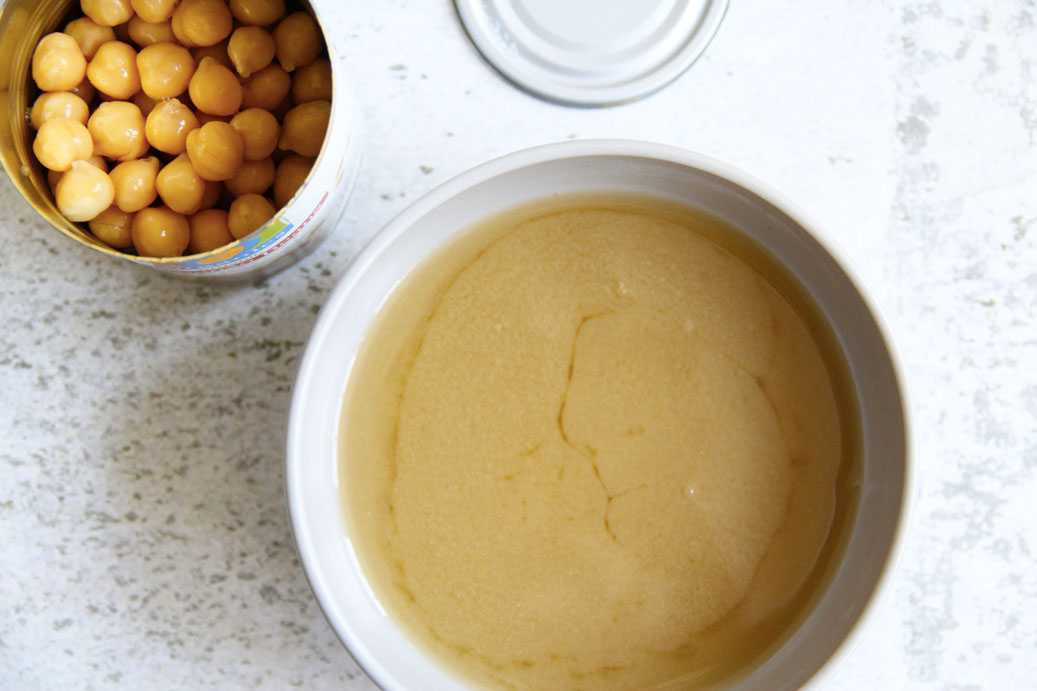
What is aquafaba?
It is the leftover liquid from soaking or cooking beans like chickpeas and other types of legumes.
What is it made from?
As you can probably guess from the leftover liquid of cooked beans, it is a mix of starches, proteins (about 1%) and other plant solids or “vegetable gums,” which have released from the bean to the water during cooking or soaking.
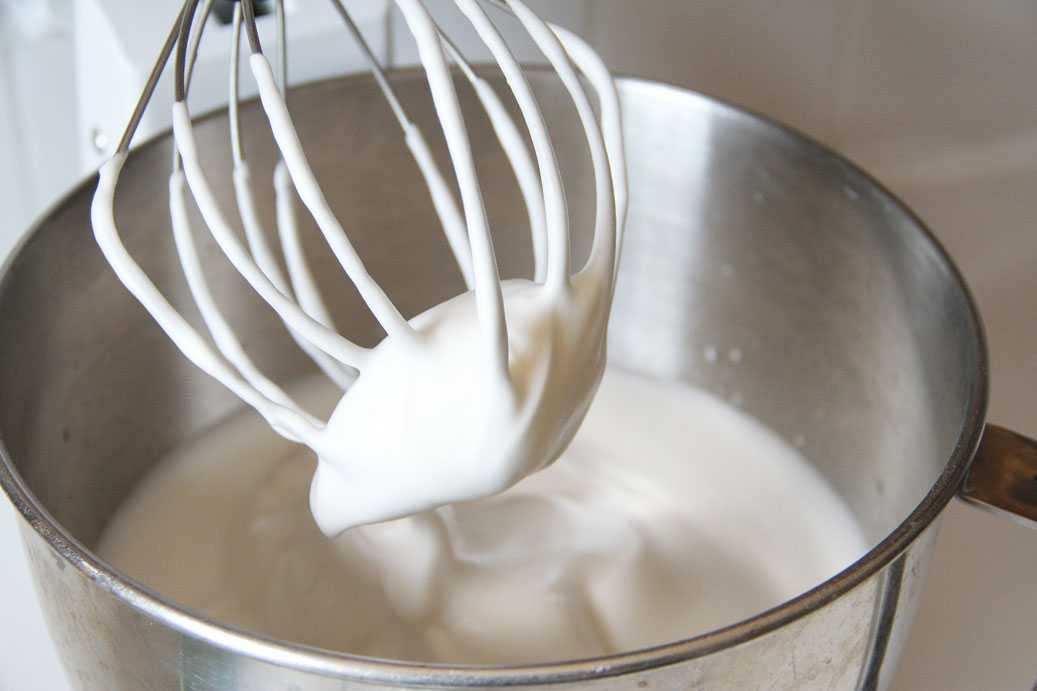
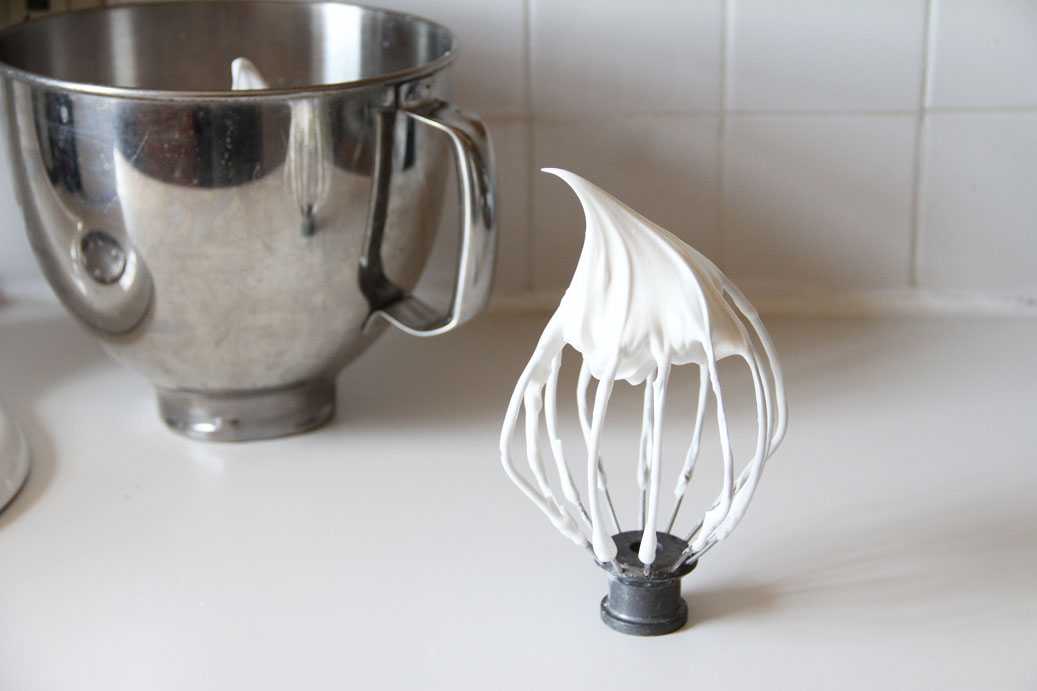
Why is it important?
The components of aquafaba give it emulsifying, foaming, gelatinizing, binding and thickening properties. Depending on how long it is whipped, aquafaba can be as soft as the foam topping a cappuccino or when whipped for a longer period, get nearly as stiff as a meringue. This means aquafaba can be applied to a range of applications including baked goods, foamed drinks and even mayonnaise.
Substitutions
3 tablespoons of aquafaba equals one egg and 2 tablespoons of it is equivalent to an egg white. While you might not get the exact color you get from using eggs (I'd say using aquafaba yields slightly lighter results), you get the same fluffy texture, which is probably the harder quality to mimic.
Tips/Tricks - Reducing Aquafaba
The biggest tip I read from the many blog sites covering aquafaba is to reduce it by about one-third before working with it. This step is integral. Having a thicker aquafaba from the get-go ensures you can beat the mixture to stiff peaks. A thicker liquid can better trap air bubbles and is more stable. In my upcoming recipes, I reduced the liquid about 33% and then cooled it before whipping it up. The results were great compared to if you were just whipping thin aquafaba straight from the can.
Additional Commentary
I’ve had a lot of friends tell me how weird it is to be making or consuming things made out of leftover chickpea liquid. But I guess my thing is, it’s probably more weird to be consuming the albumen secretions from a chicken. I’m not against it. Heck I was a baker for crying out loud, but if chickpea liquid does the trick, it’s a heck of a lot cleaner and less weird than eggs. That being said, what I was able to whip using aquafaba was still less stable than whipping eggs, but it came pretty close, and I think substitutions can definitely be made.
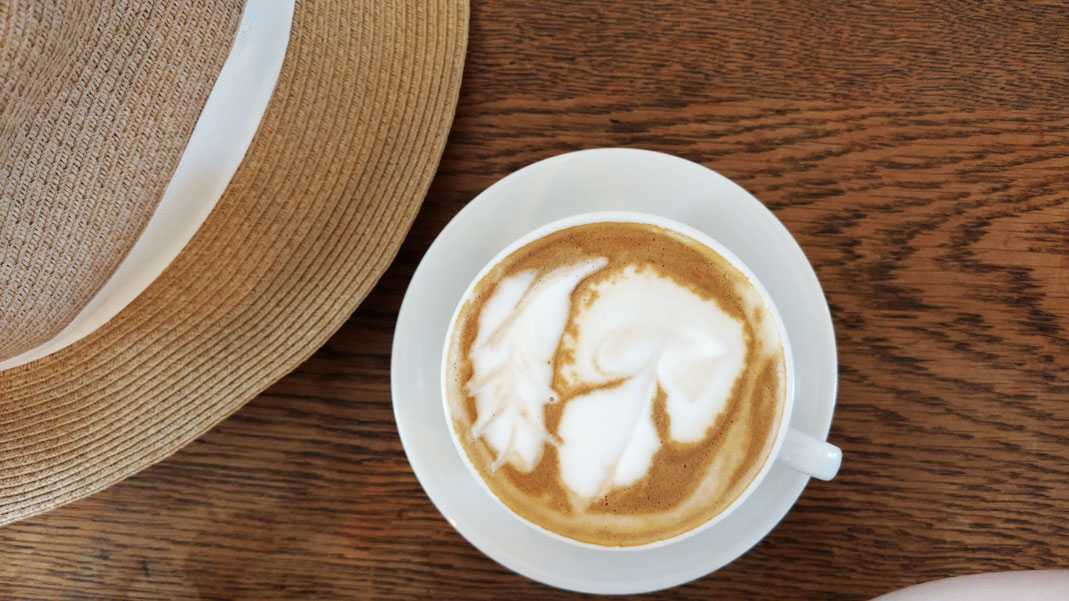
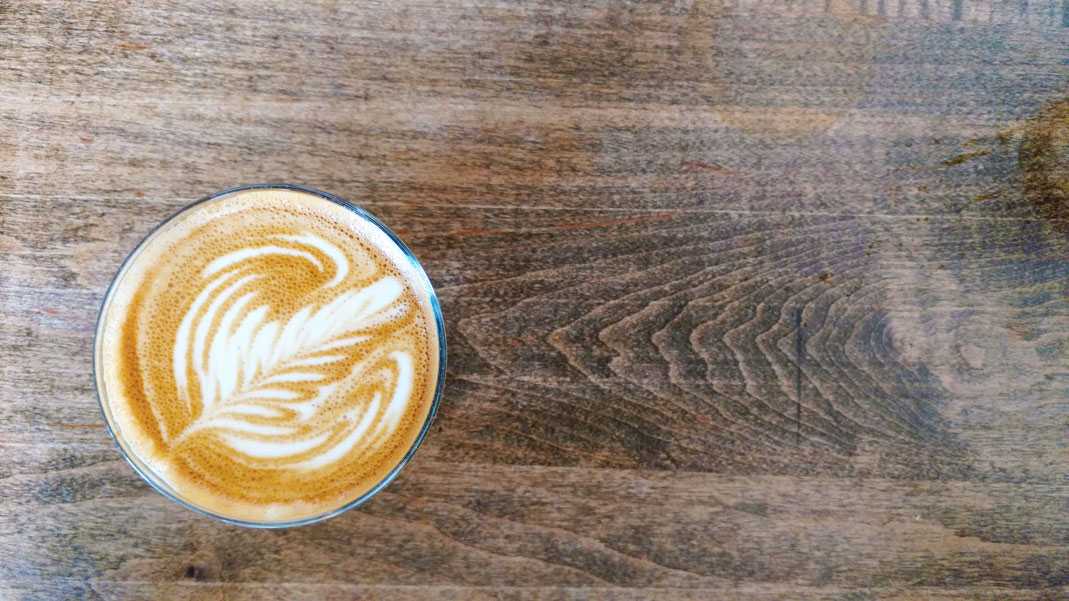
And I guess the idea of whipping a goopy liquid into something fluffy isn’t so strange when you think of marshmallows, for example. In that case, you whip gelatin and water, which is thick enough to hold in bubbles and you get fluffy marshmallows. Also if any of you are into latte art, baristas always tell me that with non-dairy versions, they always recommend soy milk because it foams up better and you can actually do art with that (although it is not as pretty). It must be that with soy milk, a portion of that is the bean liquid with the bean gums, which help stabilize the foam.
Here is a little bit of what's to come!
